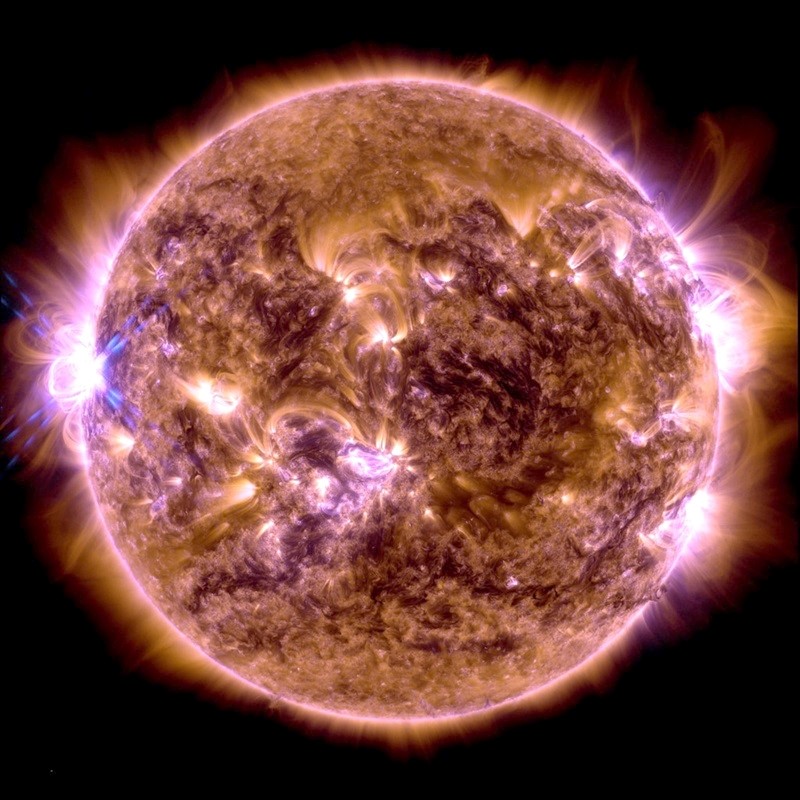Free Courses Sale ends Soon, Get It Now


Free Courses Sale ends Soon, Get It Now



Disclaimer: Copyright infringement not intended.
Context
A new visualization from the European Space Agency (ESA) shows activity ramping up on the sun's surface as it approaches solar maximum this year.
Details
Solar maximum
11-Year Cycle:
Sunspots:
Solar Flares and Coronal Mass Ejections (CMEs):
Impact on Earth:
Auroras:
Solar Radiation:
Space Weather Forecasting:
Scientific Research:
|
PRACTICE QUESTION If a major solar storm (solar flare) reaches the Earth, which of the following are the possible effects on the Earth ?
Select the correct answer using the code given below:
Answer 3 |
© 2024 iasgyan. All right reserved